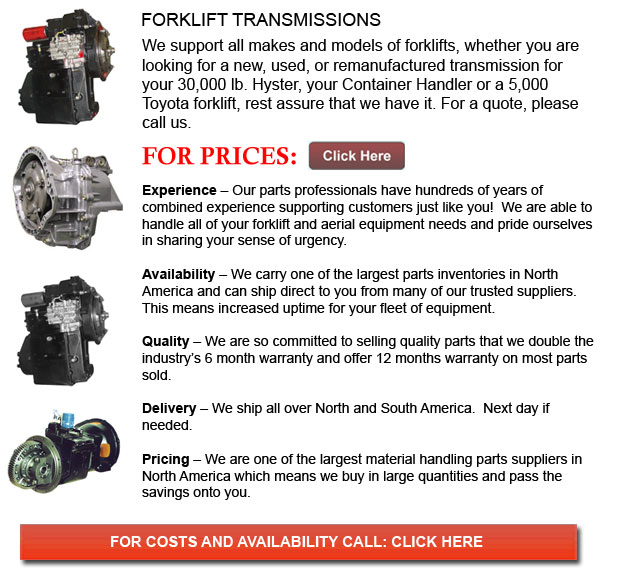
Forklift Transmission - A transmission or gearbox makes use of gear ratios to supply torque and speed conversions from one rotating power source to another. "Transmission" means the entire drive train which consists of, prop shaft, gearbox, clutch, differential and final drive shafts. Transmissions are most normally utilized in motor vehicles. The transmission alters the productivity of the internal combustion engine to be able to drive the wheels. These engines have to perform at a high rate of rotational speed, something that is not appropriate for slower travel, stopping or starting. The transmission raises torque in the process of decreasing the higher engine speed to the slower wheel speed. Transmissions are also utilized on fixed machines, pedal bikes and anywhere rotational torque and rotational speed require alteration.
Single ratio transmissions exist, and they work by adjusting the speed and torque of motor output. A lot of transmissions comprise many gear ratios and can switch between them as their speed changes. This gear switching can be done automatically or by hand. Reverse and forward, or directional control, can be provided as well.
In motor vehicles, the transmission is usually attached to the crankshaft of the engine. The transmission output travels through the driveshaft to one or more differentials and this process drives the wheels. A differential's most important purpose is to adjust the rotational direction, even if, it could also provide gear reduction too.
Torque converters, power transformation and hybrid configurations are other alternative instruments used for torque and speed change. Typical gear/belt transmissions are not the only mechanism existing.
Gearboxes are known as the simplest transmissions. They provide gear reduction normally in conjunction with a right angle change in the direction of the shaft. Often gearboxes are used on powered agricultural machinery, also referred to as PTO machines. The axial PTO shaft is at odds with the common need for the driven shaft. This particular shaft is either horizontal or vertically extending from one side of the implement to another, which depends on the piece of machine. Silage choppers and snow blowers are examples of much more complicated machinery that have drives providing output in many directions.
In a wind turbine, the type of gearbox used is much more complicated and bigger than the PTO gearbox utilized in farming equipment. The wind turbine gearbos changes the high slow turbine rotation into the faster electrical generator rotations. Weighing up to quite a few tons, and based on the actual size of the turbine, these gearboxes normally have 3 stages to accomplish a whole gear ratio from 40:1 to more than 100:1. To be able to remain compact and to supply the massive amount of torque of the turbine over more teeth of the low-speed shaft, the initial stage of the gearbox is typically a planetary gear. Endurance of these gearboxes has been a problem for some time.
![]() Click to Download the pdf
Click to Download the pdf
Forklift Parts
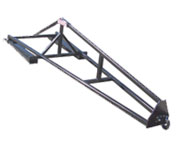
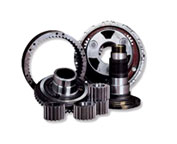
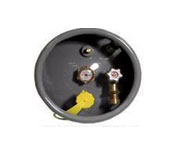
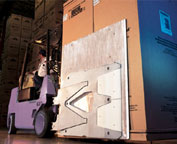
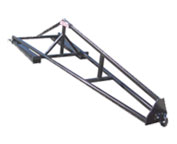
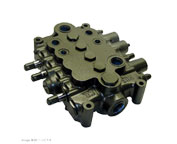
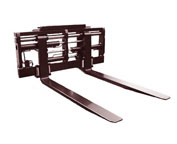
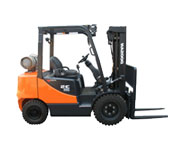
Lift Parts Express
TOLL FREE: 1-888-695-7994
Honolulu, Hawaii
forkliftpartshonolulu.com
Email Us
About Us


